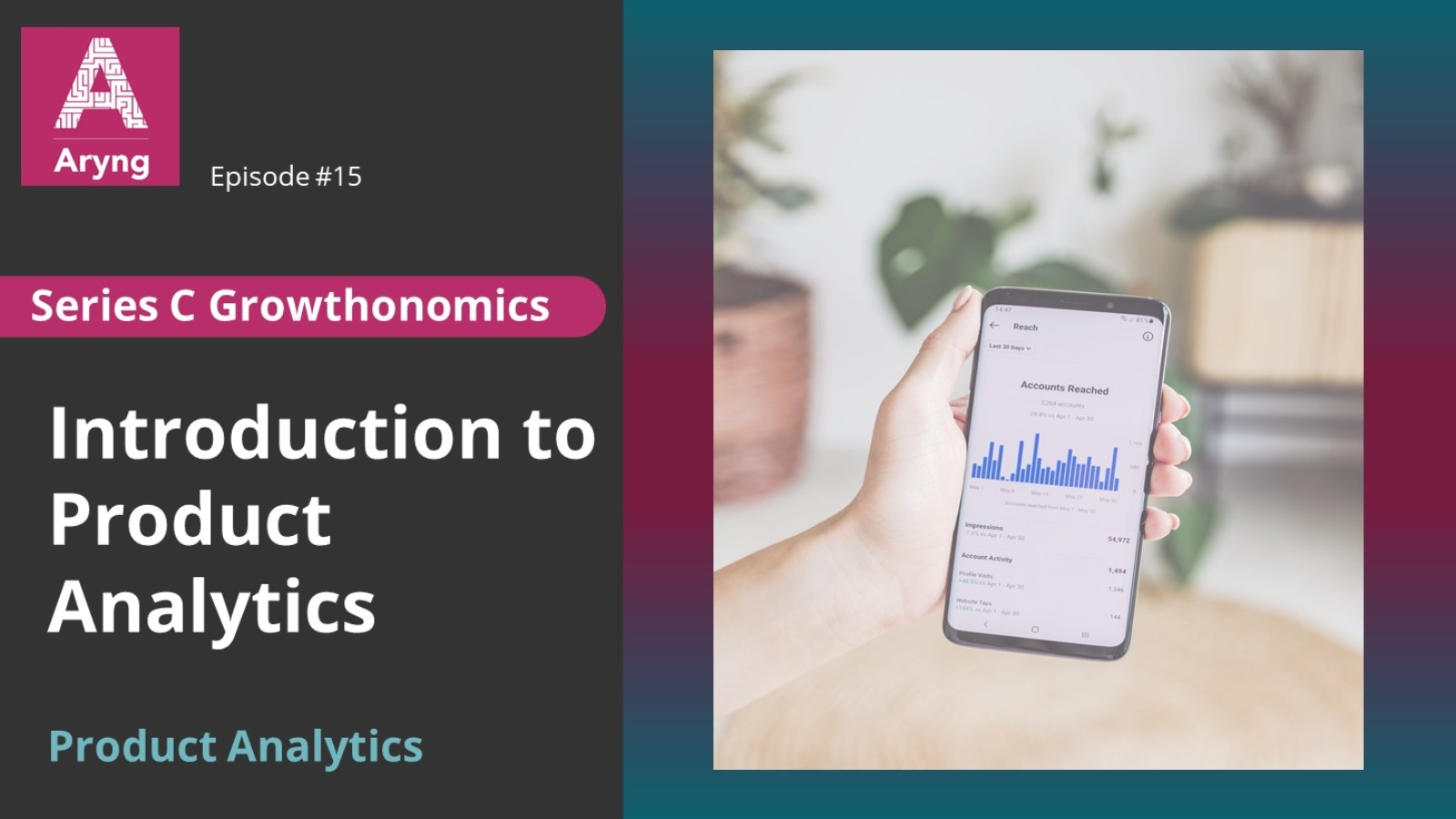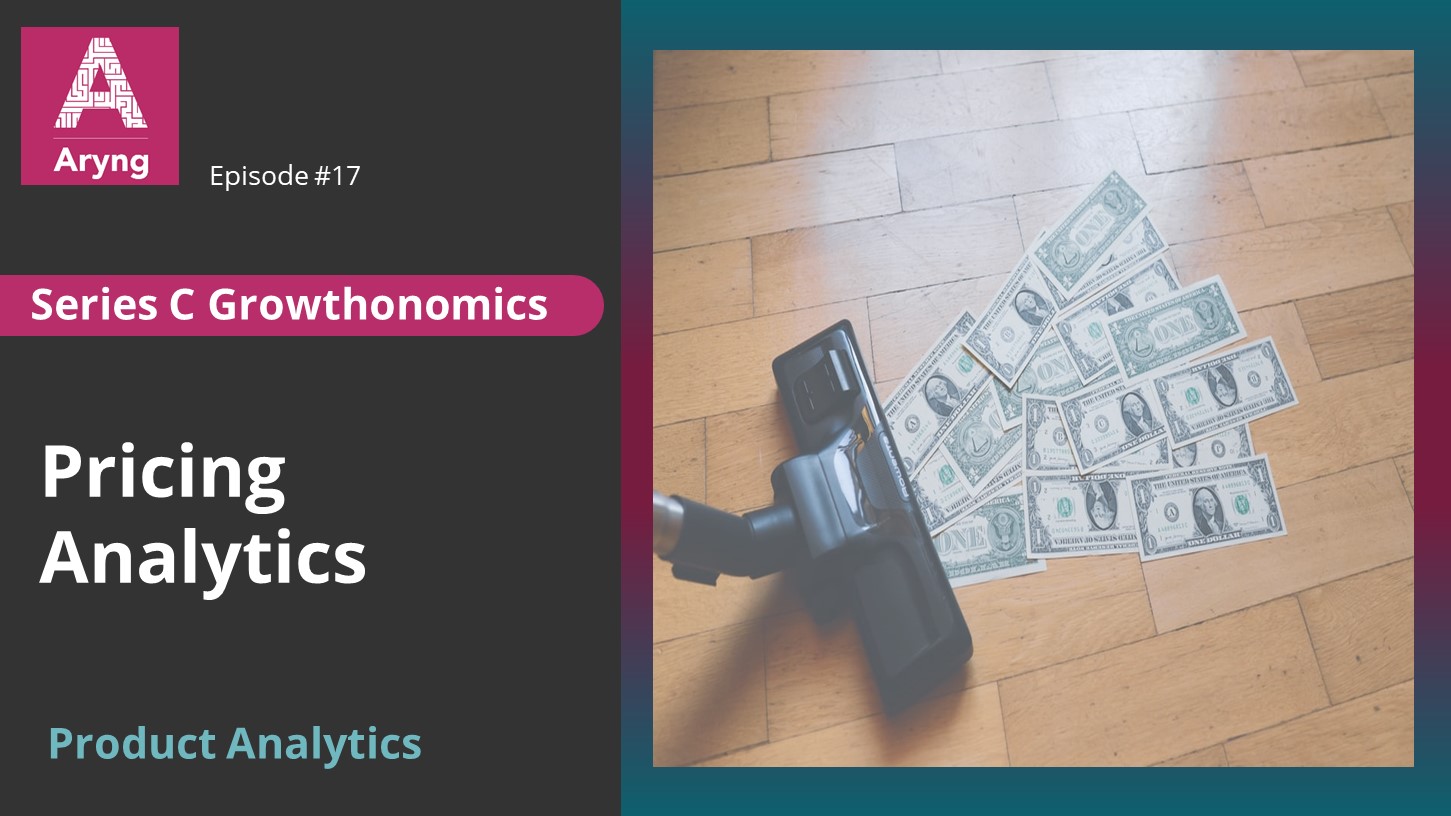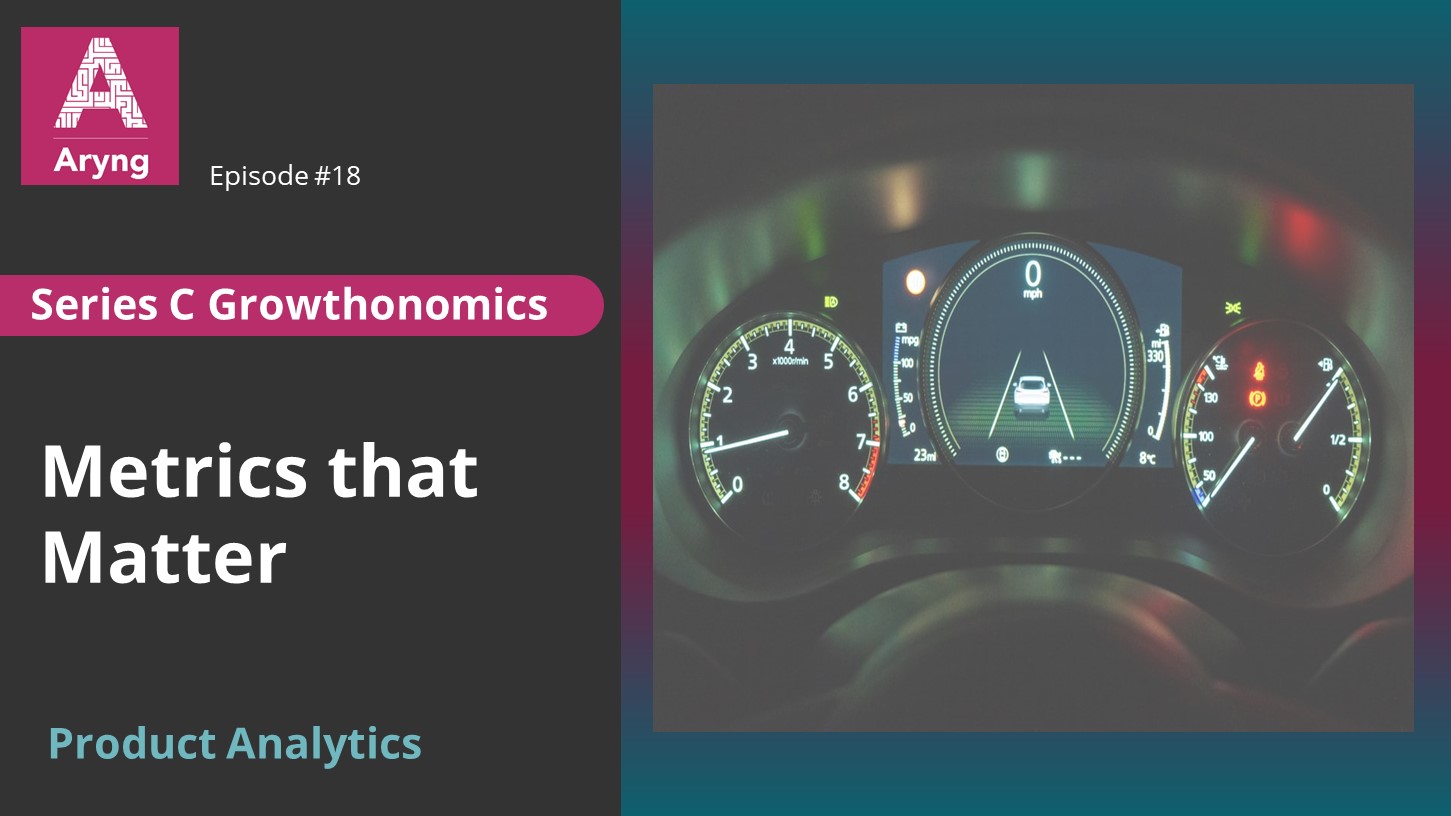Your product acts as a bridge between the customer and the dollars (revenue). And I am using the word product quite generously but product in this article refers to product and service. So, the customer navigates through your product, and at some point decides to either make purchases or churn. In either case, it is the product experience that makes the user take the decision. And it is product analytics that helps a company improve the product experience for the user to turn the decision in the favor of the company.
Product analytics deals with all the things that improve the connection between the customer and the dollar spent by the customer. To explain what I mean by “all the things” let me take an example of a website where we make hotel bookings, “easybookings”. Let’s say it has search functionality where a user can search any particular hotel by name or search a list of hotels by location. And on the right, the user finds a micro call to action stuff like sign-in, recommendations, discounts, offers, etc. Let me show you what product analytics can do for such a product.
Feature, Journey, and Cohorts
“Any damn fool can make something complex, it takes a genius to make something simple.” – Albert Einstein
Say a user, Andrew has been making hotel bookings on easybookings for many months, and now he wants to make flight reservations at a discounted price. He approaches his friend for suggestions and he suggested he use easybookings for making flight reservations. Andrew wondered that he has been using easybookings for many months yet he didn’t know that easybookings also allow users to book flight tickets. Similar incidents happen to most of us when we are not aware of all the features of a product.
Ever wondered why some product features are easy to find, whereas others are not? Why some websites are easy to navigate whereas others are not? Why some features are more visible during a certain period?
To answer these questions, I will explain the most common cases of UI/UX analytics.
Feature Usage
Analysis of a product feature usage helps uncover the most used features of a product. Comparing the feature usage to feature importance, helps the business understand whether its most important features are getting the most visibility or not. It also helps the business understand how the customers are using the most important features of its product and whether they optimized the UA/UI to highlight the important features or not.
User Journey
In the example of easybookings, the user uses the search bar to search a list of hotels in a particular location and date. The user then navigates to the “hotel compare” feature where he can compare a few hotels on a single screen. The user then selects one hotel which matches his requirements and the UI takes the user to the next screen where the user is shown all the details of the booking for final confirmation/modification. Upon confirmation, the user is taken to the payment screen where he can select his preferred mode of payment and make the payment. Once, the payment is confirmed, the user is automatically taken to the booking confirmation page where the user can download the booking details or continue exploring the website. This step-by-step navigation of a user through different features of a product is called user journey.
The above is just one example of a user journey. A user can have multiple journeys and analysis of these user journeys can help uncover the most important features during a user journey, some hidden features, and the features that cause the most drop-off. The user journey often requires lots of A/B testing to improve the user experience during the journey.
Cohort Analysis
When you have 1000s of users, it often becomes difficult to analyze the journey of each user. The heterogeneity in the user demographics and behavior adds to the complexity in the analysis of feature usage and journey. This is where cohort analysis comes into the picture.
A cohort is a group of people with a shared characteristic.
One example of cohorts is based on the registration month. We may want to know how users who signed up in the month of January compare with users who signed up in February. How has their journey been? Is there any difference in the feature usage patterns between the 2 cohorts? What could be the possible reasons for the differences?
Analysis of the feature usage and user journey in the context of cohorts makes the analysis simple and helps draw quick insights to make quick decisions and also forms the basis for in-depth analysis, which maximizes the impact.
Read more about making efficient UI/UX experiences using analytics here
Pricing Analytics
This is another detailed subject that talks about how we can use data to do better pricing. Apart from the external market factors, the internal factors like the different user segments, the user journey, the feature usage, the user’s past behavior, and experiences; all affect the product pricing. And since pricing involves the usage of both internal and external data, pricing analytics often uses advanced analytics and machine learning to come up with the best pricing.
Apart from statistical models and machine learning, pricing analytics also uses lots of A/B testing to test out new ideas to improve product pricing. The generation of new ideas and continuous experimentation becomes an integral part of pricing analytics.
Metrics that Matter
People in the digital product industry know that there are thousands of metrics that they want to track. They are collecting millions of data points every day, which occupy huge storage in the data lake, and on top of that, they have implemented fast databases to store those metrics. Apart from this, they use a few product analytics tools to track a huge number of features. Amid all these tech stacks, it becomes really difficult for the business to take necessary actions from tons of insights generated.
So, how to make the analysis actionable?
A certain set of questions will lead to the answer to this question. Do we have the company KPI which flows down to the managers as a related metric? Do they have an understanding of the feature and journey tracking? Have they done the correct instrumentation of the metrics that matter? There are a lot of metrics like DAU, MAU, cohort tracking, feature uptake, etc. but do we know what metrics are important?
Conclusion
Anything that connects customers to dollars is the product experience. Product analytics, on the other hand, helps in optimizing the process so that the customers can have more meaningful experiences. It also ensures that the customer needs are met with your product, and you generate greater revenue and profits as a result.







